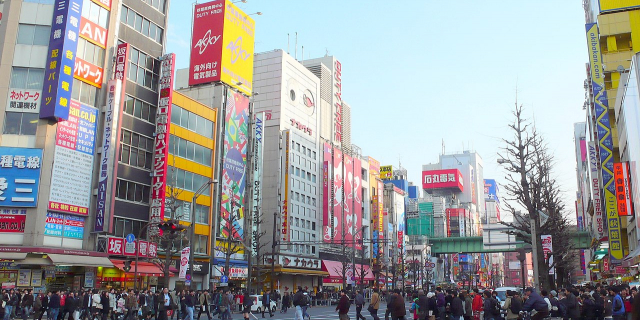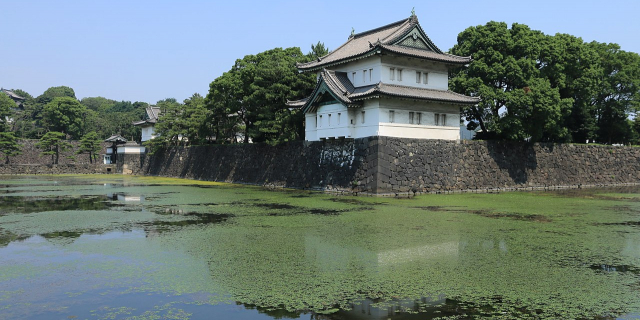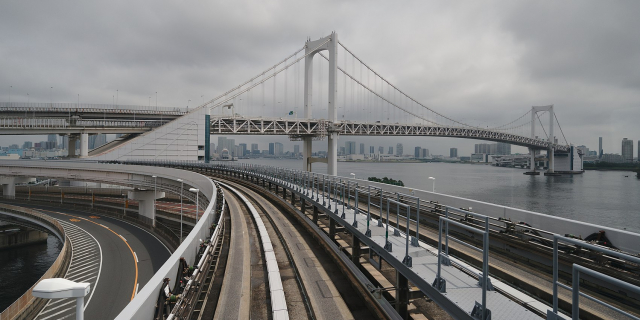Sensō-ji ([sẽ̞ꜜɰ̃so̞ːʑi] , 浅草寺, officially Kinryū-zan Sensō-ji (金龍山浅草寺), also known as Asakusa Kannon (浅草観音)), is an ancient Buddhist temple located in Asakusa, Tokyo, Japan. It is Tokyo's oldest temple, and one of its most significant. Formerly associated with the Tendai sect of Buddhism, it became independent after World War II. It is dedicated to Kannon, the bodhisattva of compassion, and is the most widely visited religious site in the world with over 30 million visitors annually. Adjacent to the temple is a five-story pagoda, the Asakusa Shinto shrine, and many shops with traditional goods in the Nakamise-dōri.
...Read moreSensō-ji ([sẽ̞ꜜɰ̃so̞ːʑi] , 浅草寺, officially Kinryū-zan Sensō-ji (金龍山浅草寺), also known as Asakusa Kannon (浅草観音)), is an ancient Buddhist temple located in Asakusa, Tokyo, Japan. It is Tokyo's oldest temple, and one of its most significant. Formerly associated with the Tendai sect of Buddhism, it became independent after World War II. It is dedicated to Kannon, the bodhisattva of compassion, and is the most widely visited religious site in the world with over 30 million visitors annually. Adjacent to the temple is a five-story pagoda, the Asakusa Shinto shrine, and many shops with traditional goods in the Nakamise-dōri.
The temple has a titanium tiled roof that maintains a historic image but is stronger and lighter.
 The gate's north face
The gate's north faceThe Hōzōmon was first built in 942 AD by Taira no Kinmasa.[1] Destroyed by fire in 1631, it was rebuilt by Tokugawa Iemitsu in 1636. It stood for 300 more years until it was once again burned down during the Tokyo air raids of 1945. In 1964, the present steel-reinforced concrete structure was built with a donation of ¥150 million from Yonetarō Motoya.[2]
Since the gate was reconstructed using flame-resistant materials, the upper story of the Hōzōmon stores the Sensō-ji's treasured sutras. These treasures include a copy of the Lotus Sutra that is designated a Japanese National Treasure and the Issai-kyō, a complete collection of Buddhist scriptures that has been designated an Important Cultural Property.[3]



































Add new comment